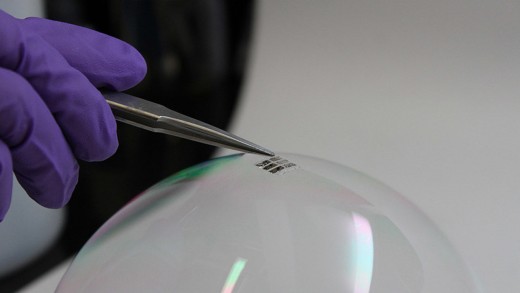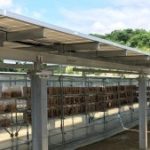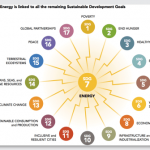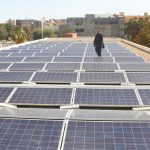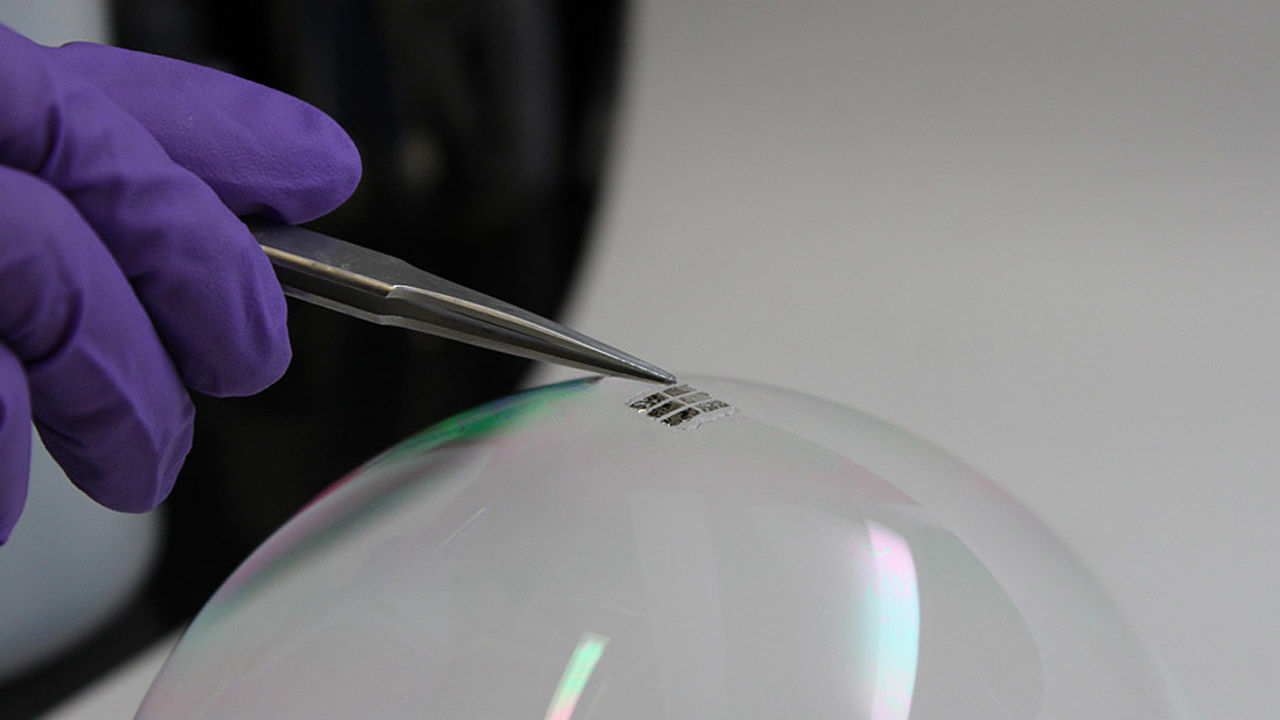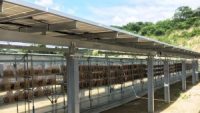Researchers Create solar Cells So thin and light-weight They waft On A soap Bubble
Researchers at MIT have created the thinnest and lightest sunlight cells ever made, in line with MIT news. The solar cells are so skinny and light-weight they may be able to sit on a cleaning soap bubble without popping it. Their bodily size means that they’ve the potential to be used in the whole lot from paper to garb to air- and spacecraft. In wearables, the sunlight cells are so mild they might be virtually unnoticeable by way of the wearer.
The breakthrough was once made by way of Vladimir Bulović, MIT’s associate dean for innovation and the Fariborz Maseeh Professor of emerging technology, analysis scientist Annie Wang, and doctoral student Joel Jean. The crew worked for years to create a new means of engineering sunlight cells. in this case, Bulović and his workforce found out tips on how to mix three separate techniques—making the sun cell, the substrate that supports it, and the environmental protective overcoating—into one.
the result just isn’t only the thinnest and lightest solar cell ever made, but also some of the vitality efficient when you take its power-to-weight ratio under consideration. a customary silicon-primarily based solar module produces “about 15 watts of energy per kilogram of weight,” MIT news stories. “the brand new cells have already established an output of 6 watts per gram — about four hundred times higher.”
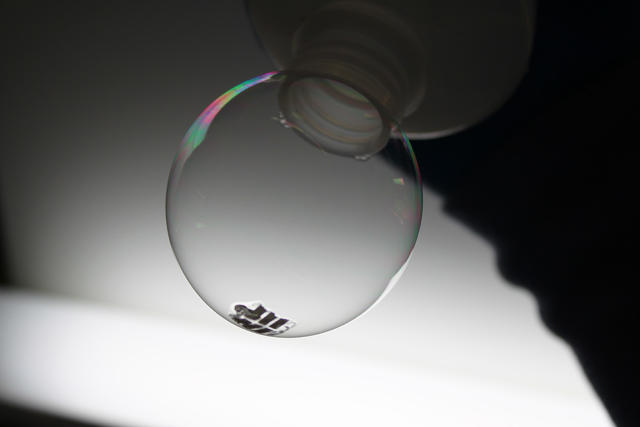
sensible makes use of are myriad. power-to-weight ratios are extremely important in aeronautical and house endeavors, making these solar cells appealing for everything from excessive-altitude balloons handing over web connectivity in rural areas to spacecraft and satellites that require renewable energy.
The cells also have extra down-to-earth functions. They might be applied to smartphones to attract energy from the sun or even added to good garb or sensible paper. “it can be so gentle that you just don’t even realize it’s there, to your shirt or in your pc,” Bulović informed MIT news. “These cells might simply be an add-on to current buildings.”
It’s necessary to notice that presently the solar cells are only a working proof of concept, but the engineering and manufacturing course of is sound, so the steps to commercialization are certainly laid out.
“how many miracles does it take to make it scalable?,” Bulović informed MIT information. “we predict it’s quite a lot of onerous work ahead, but seemingly no miracles wanted.”
(37)

